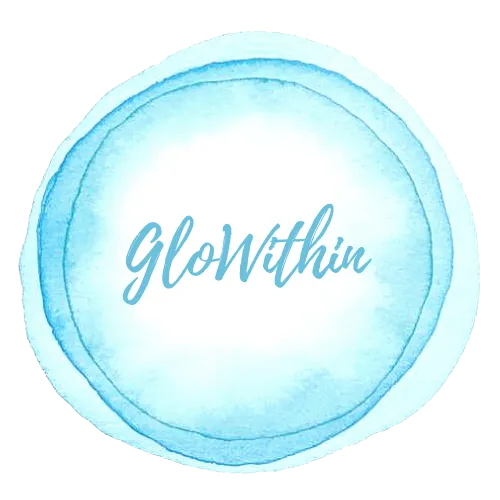What is Resilience?

“Do not judge me by my success, judge me by how many times I fell down and got back up again.”
~ N Mandela
What is Resilience?
Resilience is defined as our ability to bounce back from and adapt to new situations. While there can be many types of resilience, they really boil down to these 4:
1) Emotional
2) Physical
3) Mental
4) Financial
They all play into each other – when one area is off, it impacts the other and so on. Many things can impact our resilience, to include;
Our thoughts and emotions
The quality and quantity of sleep we get
Genetics and epi-genetics (changes passed through generations via DNA)
The quality of nutrition, impacting our microbiome (physical + emotional)
Trauma (from mild stressors to more severe)
Our current capacity for handling stressors and challenges
The quality of our relationships
Our sense of purpose
To be resilient, we scientifically mean being able to fluctuate between the sympathetic and parasympathetic with ease and appropriately for the situations at hand. This ability to recover is measured through our HRV (heart rate variability) – micro irregular beats of the heart. Let’s briefly look at the 4 areas of resilience.
Types of Resilience
Emotional Resilience
Emotional resilience comes from an awareness of our internal and emotional states. This encompasses social and energetic or spiritual resilience. Are you aware of the subtle sensations and emotions within you? What are they saying to you? This concept is very close to my heart, especially to nurture in children and support adults in reconnecting with their Inner Child. With greater self-awareness, we grow in our confidence to care for and give voice to our emotions. This skill also nurtures empathy for healthier relationships. Being able to reach out and ask for help when we need it is a sign of being emotionally strong – it means we understand what is going on within ourselves and know we need support. You are welcome to read my blog on Somato-emotional Awareness.
Physical Resilience
Our Craniosacral System (part of our Nervous System) has a huge role in this, with the majority of the 12 nerves being sensory and scanning our environment unconsciously every 4-7 seconds to ensure we are safe. Some of the nerves allow us to react to this sensory information, to include our Vagus Nerve – communicating between the sensory nerves and our internal environment. When our Vagus Nerve and system are working optimally, we are in a social or ventral state, ready to engage with the world – connecting back to Emotional Resilience. As we get worn down by one or more of the factors listed above, we find ourselves in a dorsal state, eventually leading to shut-down (burn out or the inability to function). Our system is literally depressed and healing takes a great deal of time. When we are in this state if we are physically injured healing takes much longer. Unfortunately we don’t see this ‘injury’ in a physical sense with emotional or mental concerns – so we tend to disregard it until it becomes too much of a burden for the person to bear. This is why self-care and somato-emotional awareness are ESSENTIAL!
Mental Resilience
This is our ability to persevere, even when we don’t really want to. This one is very interesting to me, because in my experience, it’s 100% possible to persevere to the detriment of your emotional and physical resilience… which leads to burn out. It’s a balance and requires us to know when to step back or let go, which at times doesn’t seem possible for our financial resilience. Again, they all play into each other… and it’s all about self-awareness and creating balance.
Financial Resilience
Ideally we all have a savings account to cover 3-6 months, should anything happen. Living in an expensive city or other responsibilities doesn’t always make this possible, so sometimes we find ourselves sacrificing the above 3 forms of resilience in order to strive for financial resilience. This is definitely an area that has tested many over the last year. I think this also brings us to some interesting questions:
What is your purpose?
What is your life vision?
What are your core values?
When we are living in alignment with our purpose, vision, and values we have a guiding force to ensure we can stay resilient in all four areas.
What Does Resilience Look Like
When we are resilient we…
1) Understand our emotions and find appropriate ways + times to respond
2) Nourish ourselves physically, mentally, emotionally + socially
3) Are learning + understanding oriented – open minded and know that growth comes from being outside our comfort zone
4) Collaborative – understand by being curious and open to other’s views, we can grow stronger together
5) Are grounded + realistic, with a sense of optimism for the betterment of all
6) Are able to adapt and flow with change, without getting swept up in chaos or emotions
7) Are not afraid to ask for help – together we grow stronger!
Learn More!
Below are more tools you can access for support to empower yourself as a parent and in-turn your children.
- gloWithin app – explore various courses to support you and empower children
- 'I Am' Kids Yoga Cards – empower the children in your life physically, emotionally + socially
Youtube - so many tools for the entire family!
- Children's Yoga Teacher Training - learn tools to support yourself and children 0-15y
Please reach out if you have any questions – I always love to hear from you!
Katie
ps. Please share this with anyone you feel would benefit!




